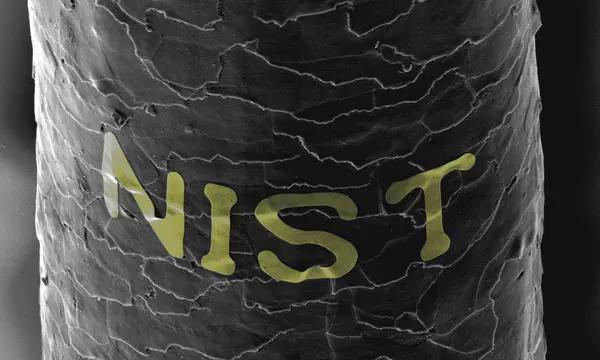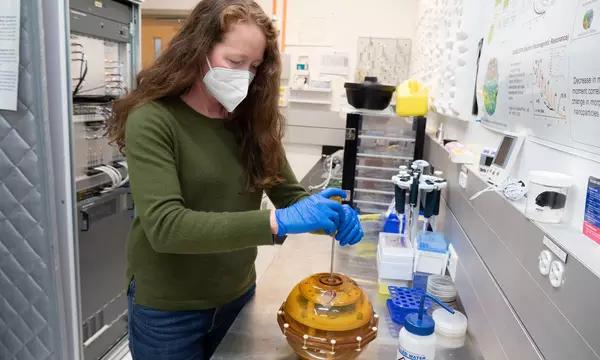The Division's key competencies include radiometry, advanced communications, sensing, quantum measurements, quantitative imaging, spectroscopy, and laser safety. In addition, the Division operates a state-of-the-art precision imaging facility to characterize unique devices that improve measurement science, standards, and services. Division staff include world experts in laser metrology, quantum metrology, quantitative imaging, as well as photonic and magnetic applications. The Division's focus on a targeted set of technical challenges enables us to maximize impact and benefit from collaborations with industry, government, and university stakeholders.
Press Coverage
Taking Measure Blog
News and Updates
Projects and Programs
Software
Tools and Instruments
Awards
Patents
Contacts
Division Chief
-
(303) 497-4411
























